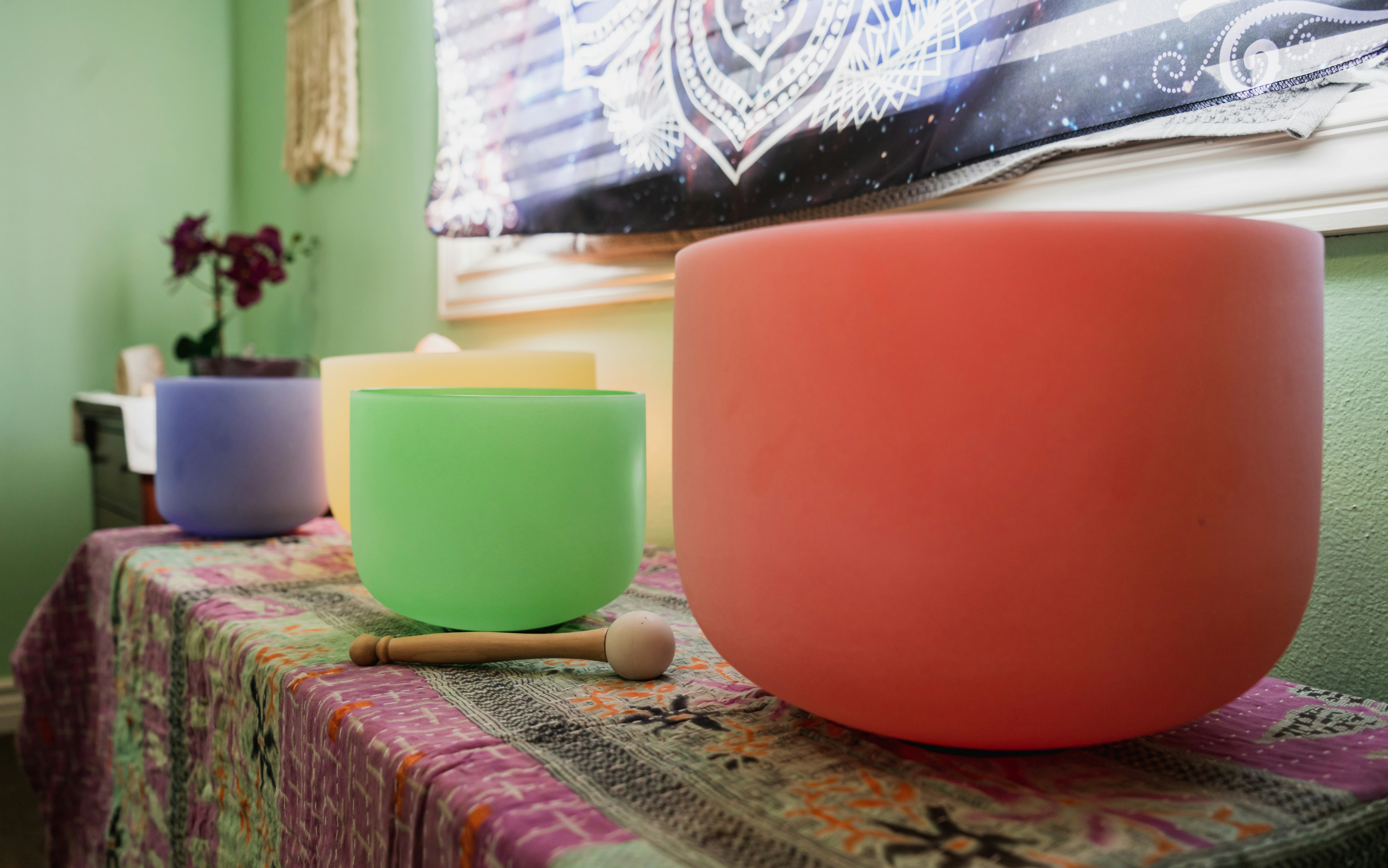Have you ever wondered why taking a dip in cold water can jolt your senses and make you feel more alive? Often, the crisp embrace of cold exposure is more than just a wake-up call; it can renew your mental clarity in surprising and fascinating ways. Imagine standing by a chilly lake, the air biting your skin, the water glistening coldly, and the anticipation of the plunge that invigorates every fiber of your being. Let’s explore how this seemingly bracing experience shapes not just your physical state but your mental acuity as well.
Understanding Cold Exposure
Cold exposure refers to the deliberate exposure of the body to cold temperatures. This can be achieved through cold showers, ice baths, or even just stepping outside in the brisk winter air without your usual layers. It may sound daunting at first, but the practice has been embraced by many seeking a boost to their well-being.
The Science Behind Cold Exposure
At its core, cold exposure is about stimulating both your body and mind through temperature fluctuations. When your body encounters cold, it triggers a series of biological responses designed to protect vital organs and maintain core temperature. This process begins with vasoconstriction, where blood vessels narrow to minimize heat loss. Consequently, your heart rate increases and blood flow is redirected to your core, concentrating efforts where your body needs it most.
Historical Context
Throughout history, various cultures have utilized cold exposure for health reasons. From the ancient Greeks who practiced cold baths for their perceived healing properties, to the hyperborean traditions of the Scandinavians, immersing oneself in cold water has long been associated with resilience and vitality. But beyond endurance, many traditions espoused the mental benefits of such practices, integrating cold exposure into rituals of clarity and purification.
The Physiological Effects of Cold Exposure
Embracing the cold doesn’t just ignite your physical senses; it activates key physiological processes that can contribute to heightened mental clarity.
Neurochemical Changes
One of the most significant changes occurs at the neurochemical level. Exposure to cold temperatures boosts the production of neurotransmitters such as norepinephrine, a crucial hormone that enhances focus, attention, and even the mood. Research has shown that elevated levels of norepinephrine are linked to improved alertness and lower instances of depression. When you expose yourself to the cold, your brain essentially lights up, becoming more efficient at processing information and honing attention to detail.
Endorphin Release
Additionally, cold exposure stimulates the production of endorphins, those feel-good hormones we often associate with runner’s highs or chocolate indulgence. Endorphins act as natural painkillers, reducing the perception of discomfort. After braving the cold, your body rewards you with an internal rush of warmth and euphoria, a sensation that can significantly sharpen your mental perspective.
Enhanced Immune Function
Cold exposure is also known to bolster your immune system. When you take the plunge into chilly waters or cool breezes, your white blood cell count tends to rise, helping your body ward off illnesses more effectively. A robust immune system can indirectly lead to improved mental clarity as it keeps you healthier and less preoccupied with bouts of sickness.
Psychological Impact of Cold Exposure
The psychological ramifications of this physical shock are equally substantial, offering a plethora of benefits that underscore clearer thinking and emotional resilience.
Improved Mood and Reduced Stress
Cold exposure has been associated with a reduction in anxiety and stress. The initial shock of cold elicits a fight-or-flight response that, when safely navigated, can leave you feeling stronger, both mentally and emotionally. Engaging regularly in this practice can enable you to adapt better to stress, leaving you with clearer, more collected thoughts in high-pressure situations.
Boost in Confidence
Each encounter with the cold requires a decision—a small yet profound act of willpower. Committing to the discomfort and experiencing its invigorating aftermath can empower you, boosting your confidence levels. Over time, this can help you approach life’s challenges with a clearer, more positive mindset.
Mindfulness and Present Focus
Cold exposure demands your full attention. The jarring sensation pulls you squarely into the present, which can be a powerful form of mindfulness practice. Spending time fully engaged with the ‘now’ can alleviate the mental clutter of past regrets or future anxieties, allowing space for clarity and focus.
Cold Exposure Techniques for Mental Clarity
To safely incorporate this practice into your routine, understanding effective methods and strategies is crucial. Here are a few techniques to help you harness the benefits of cold exposure without unwarranted risks.
Cold Showers
Beginning your mornings with a cold shower can be a manageable introduction to cold exposure. Start by ending your usual warm shower with thirty seconds of cold water, gradually increasing up to two minutes over time. The physiological jolt can help clear morning brain fog, prepping you for a day of sharp productivity.
Ice Baths
For those seeking to delve deeper, ice baths can be an effective next step. Ensuring that temperatures remain at a safe level between 50–59°F (10–15°C), initial sessions should not exceed five minutes. Always prioritize safety and avoid any sensation of numbness or severe discomfort.
Cold Water Swimming
If you have access to natural water bodies, cold water swimming offers an immersive and invigorating experience. Joining local groups can also add a social element to the practice, bonding with others under the shared goal of enhanced mental clarity.
Safety and Precautions
While the benefits of cold exposure are enticing, it’s imperative to heed safety guidelines to avoid potential hazards.
Gradual Acclimatization
Start slowly, giving your body ample time to acclimate. Sudden or prolonged exposure without proper conditioning can lead to hypothermia. Approach these practices incrementally and listen to your body’s cues.
Health Considerations
If you have pre-existing health conditions, particularly heart-related, consult with a healthcare provider before undergoing cold exposure methods. Ensuring your safety is paramount in any new wellness endeavor.
Comparing Cold Exposure to Other Clarity-Enhancing Practices
It’s useful to compare cold exposure techniques to other methods that aim to boost mental clarity, such as meditation, exercise, and dietary adjustments.
| Method | Key Benefit | Considerations |
|---|---|---|
| Cold Exposure | Quick, invigorating stimulation | Requires adaptation time |
| Meditation | Long-term stress reduction | Consistent practice needed |
| Exercise | Increases endorphin levels | Physical effort required |
| Dietary Adjustments | Enhanced brain function | Long-term changes in habits necessary |
While each practice carries unique benefits, cold exposure can serve as a swift and powerful tool, either alone or as a complementary practice to these methods.

Incorporating Cold Exposure into Your Lifestyle
To make the most of cold exposure, consider integrating it into your holistic wellness routine. Combining it with mindfulness practices like meditation or breathing exercises can enrich its benefits. Reflect on the clarity it brings and use this enhanced state of mind for productive and purposeful activities. Embrace the cold challenge as an ally in your journey toward heightened awareness and clarity.
Reflective Practices
After each cold exposure session, take a few moments to reflect on your mental state. Journaling your experiences can help track the impact and gradual improvements in your mental clarity.
Peer Support
Seek out communities or friends who share your interest in cold exposure. Participating in group sessions or online forums can provide motivation, insights, and a sense of accountability.
Conclusion
The crisp, clear waters might be chilly, but they open avenues to a sharper, more focused mind. Whether it’s through the simplicity of a cold morning shower or the thrill of an icy swim, incorporating cold exposure into your routine could be the key to unlocking a new level of mental clarity. Embrace the adventure, the fleeting discomfort, and the lasting sharpness, and you’ll discover new thresholds of your potential. Remember, the path to clarity might just be a splash away.





